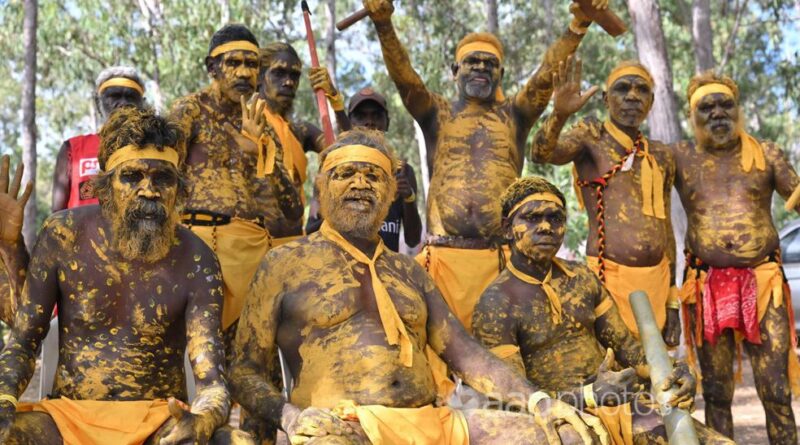Indigenous people did not wipe out pygmy population in Australia
Soofia Tariq
November 26, 2024
WHAT WAS CLAIMED
Indigenous people wiped out a pygmy population that existed in Australia before them.
OUR VERDICT
False. Extensive evidence shows Indigenous people were the only people to settle on the Australian landmass prior to the arrival of the British.
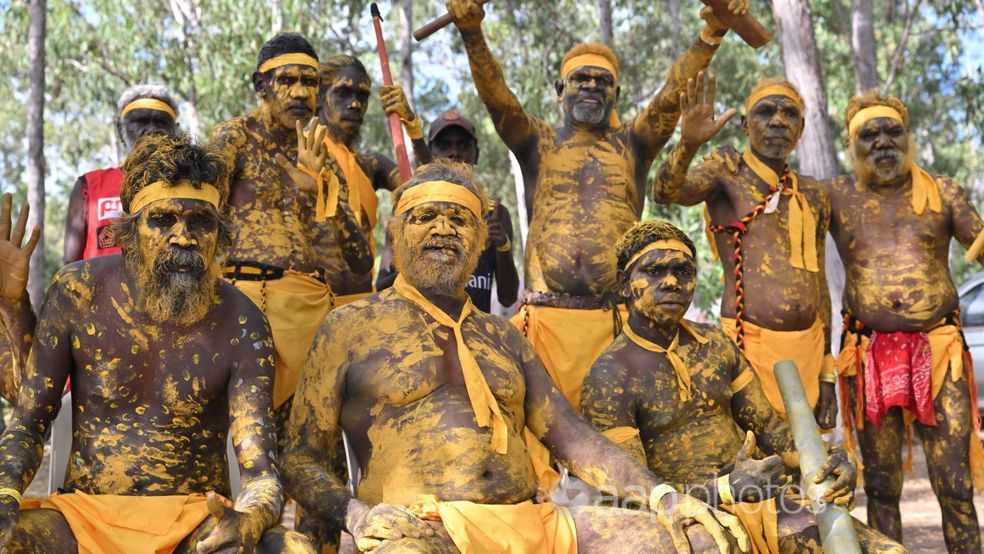
Aboriginal and Torres Strait Islander readers are warned that the following article may contain images of deceased persons.
AAP FACTCHECK – Indigenous people did not “wipe out” a population of pygmies who had previously settled on the Australian landmass, despite social media claims.
It’s being falsely claimed that Australia’s Indigenous people were not the first inhabitants of the landmass, but that “negrito pygmies” lived on the continent prior to their arrival.
Genetic sequencing reveals Indigenous people arrived at least 48,000 years ago and have been here ever since. This matches with the dating of Australia’s early archaeological sites.
There is no genetic or archaeological evidence of any other people prior to the arrival of the Europeans in the 18th century.
The theory of the existence of “negrito pygmies” in Australia – which was developed nearly 100 years ago – is being spread on social media.
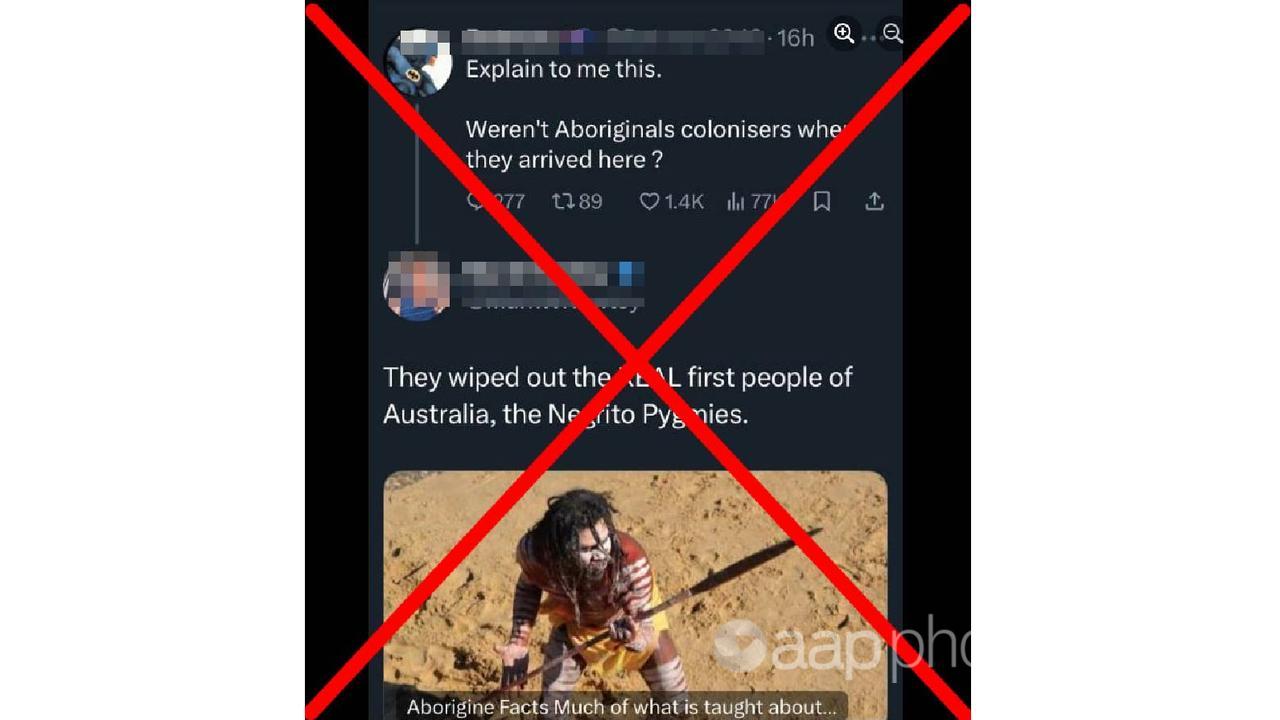
“Explain to me this. Weren’t Aboriginals colonisers when they arrived here ?” a shared X post is captioned on Facebook.
“They wiped out the REAL first people of Australia, the Negrito Pygmies,” a reply to the post reads.
The theory that Australia was home to a pygmy population was cemented in the 1940s when American anthropologist Joseph Birdsell proposed the “trihybrid model“.
The model contended that Indigenous people were an amalgam of three distinct ethnic groups who migrated to the landmass, including “negritos” or pygmy people.
The theory was later championed by historian Keith Windschuttle, who in a 2002 Quadrant article said Dr Birdsell had theorised that “negritos” came from Southeast Asia about 40,000 years ago.
Dr Birdsell believed the descendants of these people were still living in the north Queensland rainforests, near Cairns, in the 20th century.
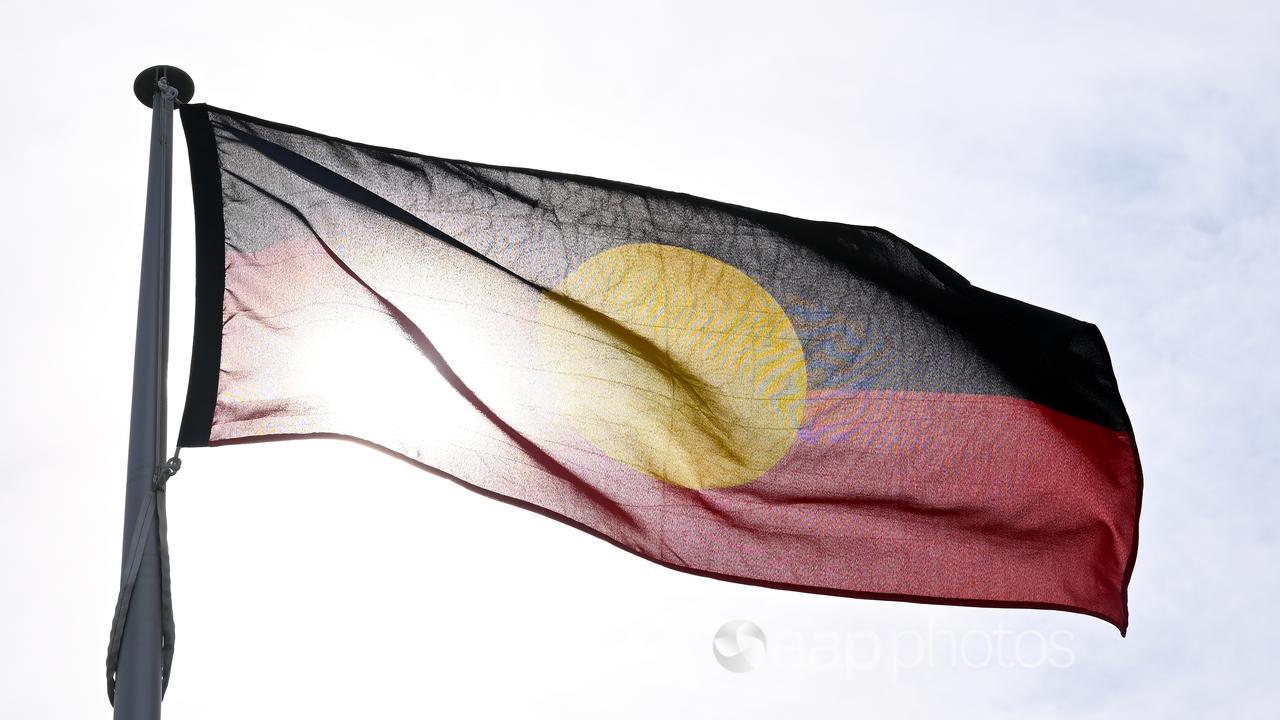
Mr Windschuttle wrote that “Australian pygmies” became “expunged from popular memory” partly because of what he described as the radical Aboriginal political movement of the 1960s.
AAP FactCheck spoke to several experts who all dismissed the claim that Australia’s Indigenous people replaced a pre-existing population of pygmies.
Evidence for when Indigenous people arrived on the Australian continent comes from a mix of genetic sequencing and the dating of archaeological sites.
Ethnic groups, including Indigenous people, have distinct genetic markers known as mitochondrial haplogroups.
Experts can use these to track the movements of early humans, and work out when they split from larger groups and when they arrived in certain locations.
A 2011 study looked at the genetic properties of a lock of hair donated by an Indigenous man in the 20th century.
It revealed an unbroken lineage over 2500 generations, or about 60,000 to 75,000 years, and suggested Australia’s Indigenous people were the first group to split from early modern humans in Africa about 70,000 years ago.
After comparison with the DNA of other ethnic groups, the study’s authors concluded Indigenous people migrated through Asia before arriving in Sahul (present-day Australia and Papua New Guinea, which at the time was connected by land) about 50,000 years ago.
“Our data are in agreement with contemporary Aboriginal Australians being the direct descendants from the first humans to be found in Australia,” the paper concludes.
This is supported by a 2017 University of Adelaide study that looked at 111 hair samples of Indigenous people.
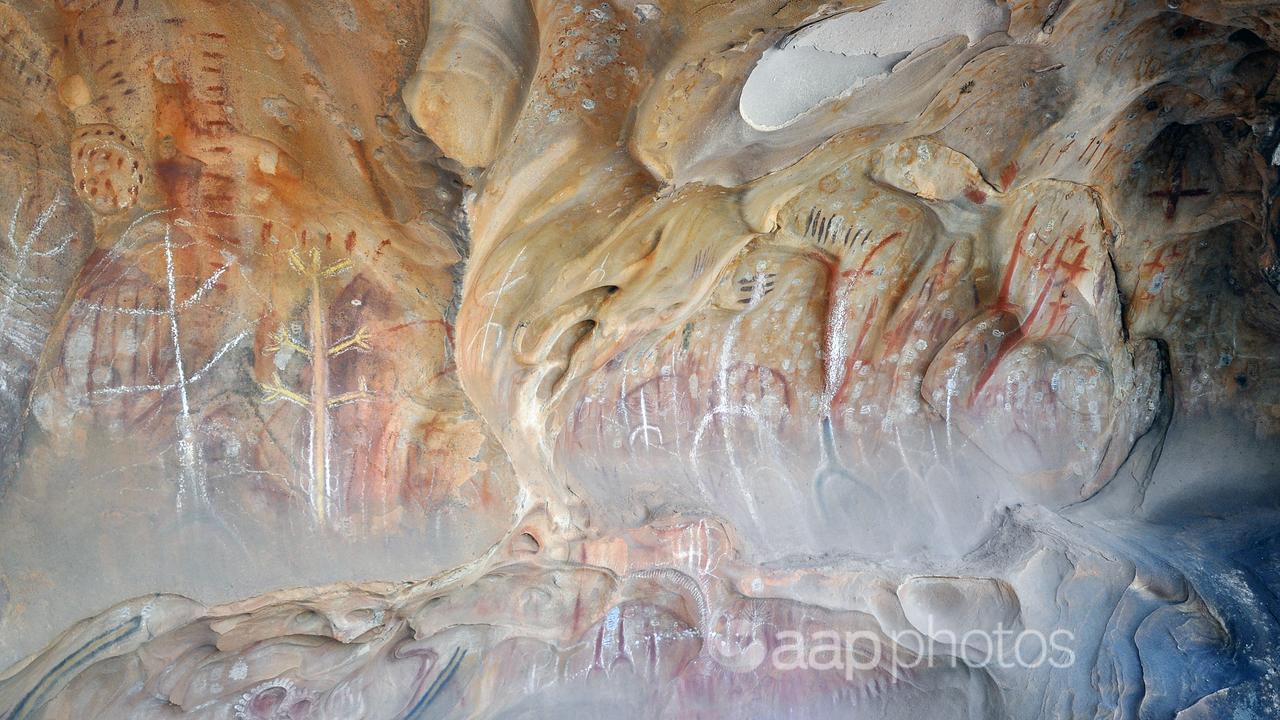
The samples came from three Indigenous communities: Cherbourg in Queensland; Point Pearce on South Australia’s (SA) Yorke Peninsula; and Koonibba, some 600 kilometres away by land to the east in SA.
Raymond Tobler, a population geneticist who co-authored the study, explained they compared the genetic markers from the various hair samples.
This enabled them to date when the various geographically isolated groups last shared a common ancestor to about 48,000 years ago.
“[This] is effectively indicating when their ancestors first arrived in a particular place and started diversifying,” Dr Tobler said.
The study also found that once diversification had taken place, the groups moved very little and that there was no introduction of any other peoples.
Dr Tobler said the study’s results, which were based on genetic markers in the female line, are similar to a 2016 study that looked at genetic markers associated with the male ‘Y’ chromosome.
That study sequenced the Y chromosomes of 13 Indigenous people and found they diverged from Y chromosomes in other continents around 50,000 years ago.
Both studies also closely match the dating of Australia’s earliest archaeological sites.
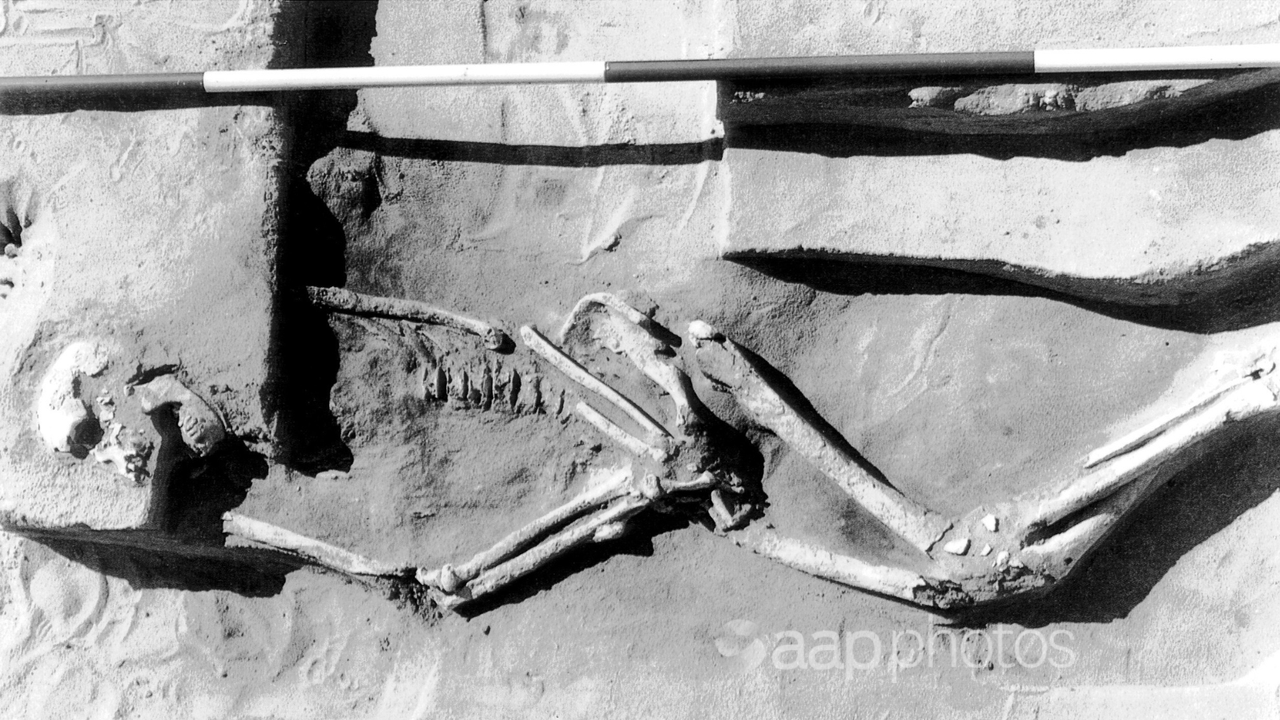
The likes of the Devil’s Lair in Western Australia (40,000 years old), the Northern Territory’s Madjedbebe rock shelter (50,000 years) and SA’s Warratyi rock shelter (49,000 years) all fit with the theory that Australia’s first peoples arrived around at least 50,000 years ago.
Judith Field, an expert in prehistoric archaeology from UNSW, also pointed to the Lake Mungo archaeological site as further evidence.
Several sets of remains were found near the now-dry lake in NSW along with various artefacts including stone tools.
Mungo Man, a complete skeleton thought to have received a ceremonial burial, has been carbon-dated to about 40,000 years.
Meanwhile, a 2015 study found that at least one of the Lake Mungo remains contained the mitochondrial haplogroup distinctive to Indigenous people.
Dr Field said while there is evidence, including 20th-century photos, of short-stature rainforest people in north Queensland, “there is no evidence that pygmy phenotypes were genetically different from any other Aboriginal Australian”.
She said the phenotype, someone’s observable traits, has been observed in many other regions of the world and was particularly associated with tropical rainforests.
Dr Field pointed to a 2009 paper, which suggested short stature was the result of food limitation; warm, humid conditions; and dense forest undergrowth.
Michael Westaway, a bioarchaeologist from the University of Queensland, co-authored an academic rebuttal of Mr Windschuttle’s 2002 article, describing it as “a fanciful and ultimately superficial discussion of Australia’s past”.

He also pointed to studies of skulls of Indigenous people who lived in and around the rainforest areas near Cairns.
He said the skulls could not be distinguished from those of other Indigenous people in Queensland (Aboriginal History Volume 29, page 144), adding: “Crania certainly did not indicate that there was any ‘Oceanic negrito’ component in their cranial form.”
Instead, Associate Professor Westaway said the people of reduced stature who survived into the 20th century near Cairns were Australia’s Indigenous people who adapted to living permanently in the rainforest.
“There was no distinct pygmy population here that was wiped out by Aboriginal people,” he told AAP FactCheck.
Annie Ross, an archaeologist from the University of Queensland with expertise in the heritage of Indigenous peoples, said there was no evidence to support the claim but there was “abundant archaeological evidence” that Indigenous people were the first to arrive tens of thousands of years ago.
“Birdsell first proposed the ‘pygmy’ trope … long before anyone understood DNA and human genetics in ways we understand today,” Dr Ross added.
“There is simply no genetic evidence for racial diversity in Australia’s pre-European populations.” (AAP)
